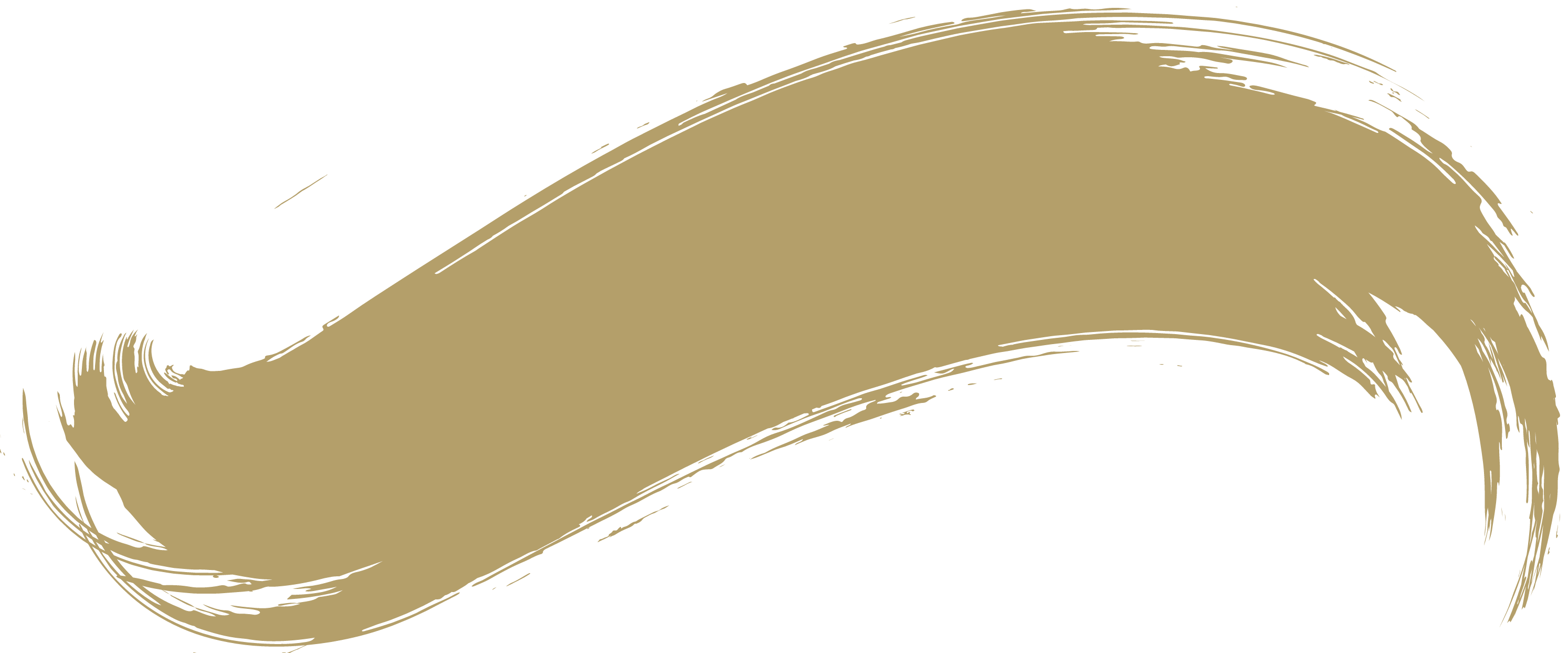Online – Kate Twohig
ACT 2 Waterford’s online strand used Instagram and Facebook to showcase the work of all four creative projects, highlighting how individuals can engage in climate action through art.
Through regular updates, workshop highlights, and community stories, the online presence has nurtured a digital community of climate-conscious creators, supporting broader Public relation efforts, and connecting audiences outside traditional in-person events.
Across the projects, community participation has been at the core. From mosaic-making to street theatre, wool workshops to public transport art, each initiative encouraged hands-on involvement, storytelling, and reflection.
Participants reported enhanced confidence, environmental awareness, and pride in contributing to public artworks, while projects generated regional and national media coverage, amplifying messages about sustainability and climate action.
Creative Ireland’s flexible funding allowed projects to adapt and evolve in response to community needs, ensuring that initiatives remained inclusive, authentic, and impactful.
Nollaig Healy, ACT 2 Waterford Project Manager said;
"The flexibility of the support meant projects could respond to the communities involved, allowing authentic co-creation and ensuring the work remained relevant and engaging."





